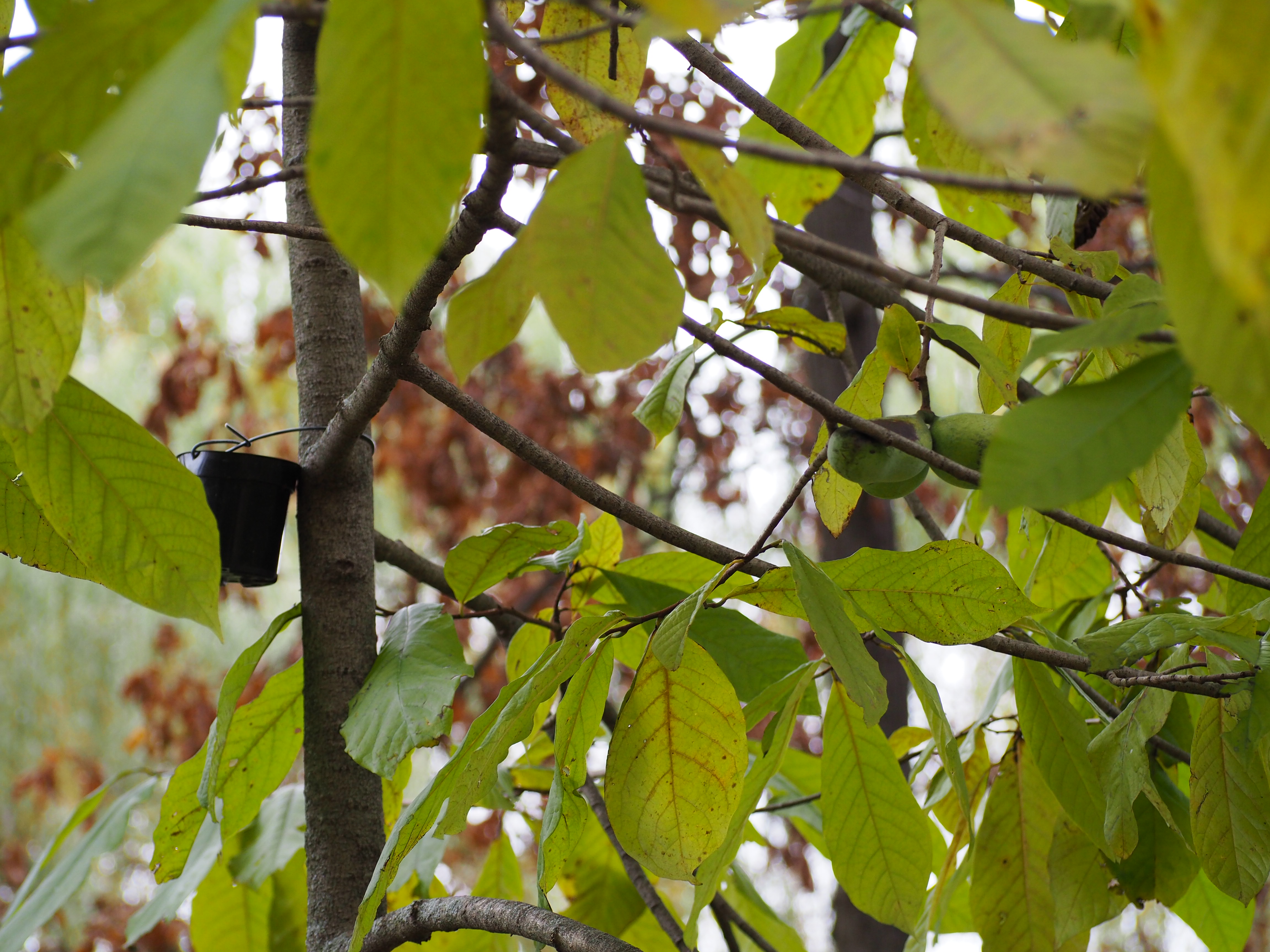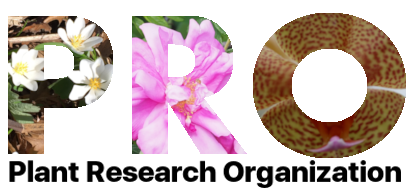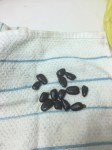
Of the many fruit producing trees of the Americas, none is so ubiquitous in the history of the United States of America, but so absent from the public mind than the Paw Paw, Asimina triloba, a member of the family Annonaceae. The story doesn’t end there.

The common name of Paw Paw is a ubiquitous term used to denote a variety of the fruits found across tropical environments. Many refer to Papayas, Carica papaya of Caricaceae, as Paw Paws. Many of these fruit bearing trees appear superficially similar, yet often belong to different plant families, which suggests that the fruit trees’ chemical compositions are entirely different.
In septentrional America, various fruits in the family Annonaceae have a long record of use. Soursop or sugar-apple, Annona squamosa, a relative of the Paw Paw, was sent to Asia by Spanish traders where its popularity is perhaps greater than its native land. Due to the sub-tropical distribution, Paw paws as well as their ‘cousins’ are said by some to be the only tropical fruit in temperate America.
Its fruit ripens at the end of the season, sometimes during the onset of the first frost. It is sour and unpalatable when unripe, and is briefly sweet and creamy during a short period of time. Another term for these types of fruit are called ‘Custard Apples’. This short period of sweetness is followed by a rapid decay, which has contributed to the reason why it has become obscure.
Due to the characteristics of the fruit and the conditions surrounding its ripening, Paw Paws have not been introduced into our grocery stores. They do not store well, and therefore would rot before being delivered or while waiting to be purchased in our markets. Research has been conducted into the causal mechanisms behind the timing of ripening, and there has been interest in trying to replicate the artificial hormone induced ripening that food processors have done with climacteric fruits such as apples, bananas, and tomatoes. This processing involves gassing non-ripened fruit, which has a greater storage capacity during delivery, with ethylene, a compound that induces various responses in plant tissues. One of the drawbacks of this artificial process, which supports the out-of-season and large scale production of fruit selling, is that the natural process which involves ethylene is multifaceted and is capable of producing compounds that are not created in the artificial process. Many of these compounds contribute to the taste and to the possible health-benefits of the fruit.
Another aspect of Paw Paw trees that makes them unique and perhaps cumbersome to grow, is that in some instances they require manual pollination. Being dependent on insect pollination requires that the plant specimen is growing within the range of the insect. The flowers of the Paw Paw trees are perfect flowers meaning that they contain stamens (pollen producing) and stigma/ovary (fruit producing) on the same flower. Since Paw Paw trees are not self compatible, they must be crossbred with other distinct varieties of Paw Paw trees and will not pollinate on the same flower nor on the same tree. These distinct varieties are within the same species, Asimina triloba, but are different genotypes. The flowers of the Paw Paw tree are thought to be pollinated by flies or beetles that attracted to their rotten scented flowers. In the world of pollination, this correspondence with rotten scents and insects is described by the word ‘carrion’, dead flesh.

During this last growing season in southern Wisconsin, the Plant Research Organization in conjunction with the UW-Arboretum’s Longenecker Horticultural Gardens by means of student volunteers helped pollinate Paw Paw trees, and attempted using various techniques. One method was using rotting meat in a canister to attract flies to the tree, and the other was to manually pollinate flowers using Q-Tips. In certain instances pollination was successful and fruit was produced, but due to the public nature of the location many were picked prematurely. Q-Tips also are not the best tool for pollination, since pollen often was trapped in the Q-Tip fibers and not deposited in the stigma of the flowers ovary.

Due to a mild summer, the fruit produced by the tree was not great in size, but seeds were collected and are destined for future planting. Comparatively, Paw Paws are easy to propagate by seed. Instructions according to literature suggests a vernalization period of 70-100 days above freezing. This means taking the seeds and subjecting them to lower temperature to simulate winter conditions. Plant Research Organization is currently storing seeds in peat moss, but has experienced issues with frost due to low refrigerator temperatures. Our hope is that the seeds will successfully germinate despite the accumulation of ice in the peat moss substrate used to envelope the seeds.
After this process is complete, it is said that Paw Paw trees can take up to 5 years to produce fruit. We hope to demonstrate our successes and failures throughout the process to educate plant enthusiasts.
Paw paws could perhaps be the next item of the grocery store by applying the techniques of yesterdays processing, or it could be the catalyst necessary for change. Imagine a canopy of fruit trees in your neighborhood or your home, which would support a small community with a fresh supply of paw paws. These paw paws would need to be pollinated by pollen from different genotypes, a genetically distinct strain, which might be in the hands of your neighbor, and would encourage dialogue and a practice of our ability to coordinate complex group activities.






